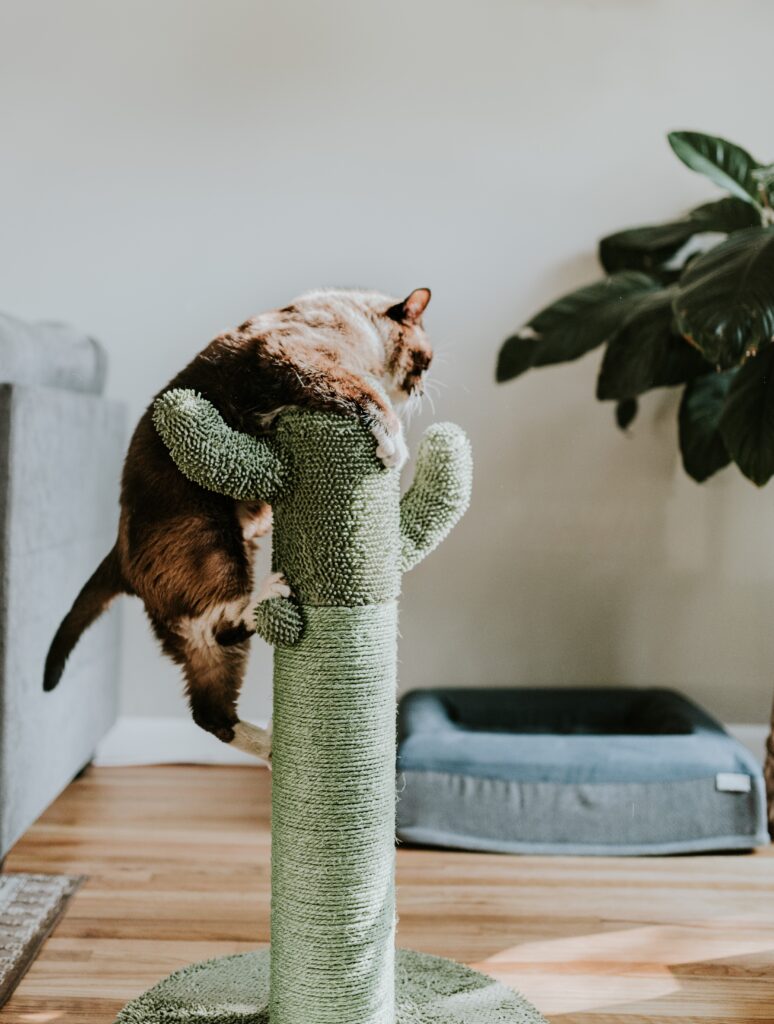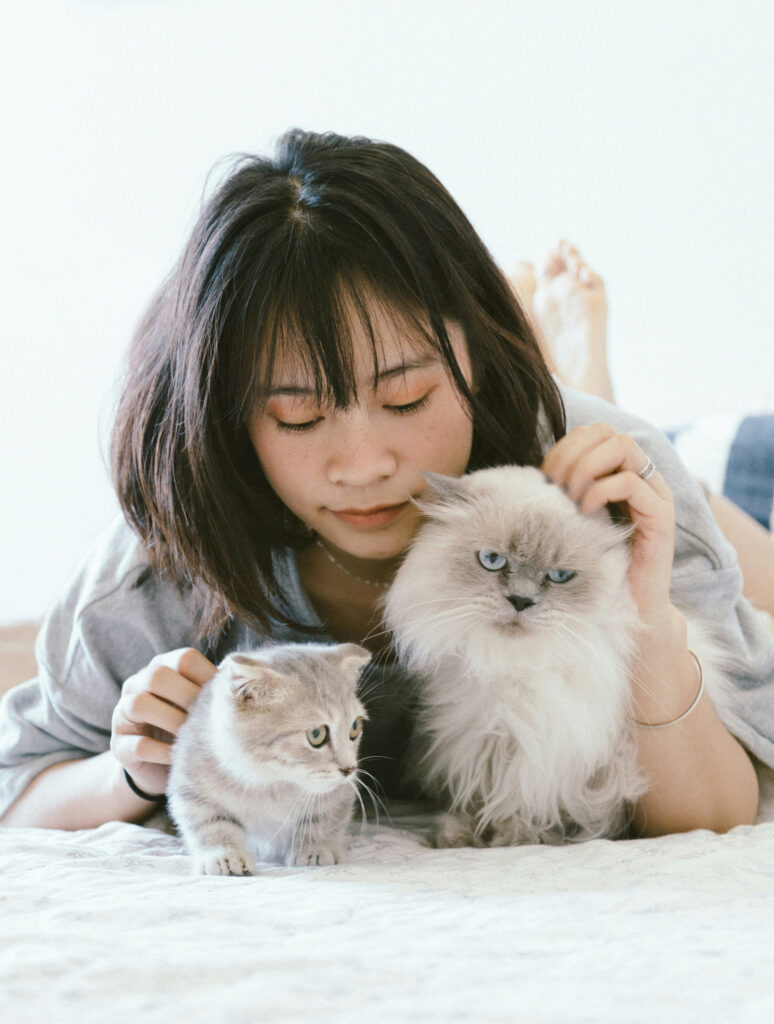The Ragdoll is a breed of cat native to the United States. Its name comes from the fact that when it is taken, it becomes as soft as a ragdoll ragdoll doll in English.
Origin
The breed was first created in 1963 by Mrs. Ann Baker, who at the time raised Persians. She decided to mate a long-haired white cat with a male of unknown origin. In 1969, a couple decided to adopt 4 kittens of Mrs. Ann Baker in order to raise them.
In 1971, Mrs. Baker founded the International Ragdoll Cat Association (IRCA). She decides to keep control of all the descendants of the breed and imposes a lot of constraints on the ragdoll breeders so that in 1994, a group of breeders decided to cut the bridges with the ragdoll world and created a new breed called Ragamuffin.
Later, Persians, Burmese and Burmese also contributed to the development of the Ragdoll. Baker has made many unusual statements about cats’ development, including foreign influence, CIA experiments, and human gene infusions, but that’s all they are: the claims, without foundation in fact. Other people had also started raising Ragdolls. They broke away from Baker and formed the Ragdoll Fanciers Club International, with the goal of standardizing the breed and gaining recognition from the cats’ registers. The Cat Fanciers Association began registering cats in 1993 and gave them full recognition in 2000. Most registries now recognize the breed, including the American Cat Fanciers Association and the International Cat Association. Ragdolls are not crossed with other breeds.
Greatness
Females usually weigh 10 to 15 pounds, and some males weigh more than 20 pounds.
Personality
Unlike many cats, Ragdolls are distinguished by their collapse in the arms of those who wear them, even if they are cradled on the back. They love their family, greet them at the door, follow them around the house, jump on one knee or huddle in their bed whenever they have the opportunity. They often learn to come when they are called or to pick up toys that are thrown at them. The word most often used to describe them is docile, but that does not mean that they are inactive. They like to play with toys and participate in family activities.
With positive reinforcement in the form of praise and food rewards when they do something you love, ragdolls learn quickly and can pick up tricks as well as good behaviors such as using a scratch post. In a soft little voice, they remind you of the meal time or ask for caresses but are not overly vocal. Ragdolls have good manners and are easygoing. You will find a Ragdoll on your couch or bed, but usually not much higher than that. He prefers to stay at the same level as his pack rather than the highest point in a room.
Coat colors and maintenance
Ragdolls are distinguished by their large size, semi-long coat in a pointed pattern, and sparkling blue eyes. They are among the largest domestic cats, with some males weighing 20 pounds or more. A Ragdoll has a light colored body with a darker face, legs, tail, and ears.
It comes in three models: mitted and bicolor, which both have white, and colorpoint, which has no white. Ragdolls do not reach their full size and coat development until they are three or four years old. The breed standard of the “Cat Fanciers Association” says that the Ragdoll should have a large broad head in a modified wedge shape. All sides of the head should be the same length and the muzzle should be slightly rounded. The eyes are described as bright blue ovals. Medium-sized ears have rounded ends and bow forward.
The paws
The large round legs are bushy with fur and the long tail looks like a floating plume. Ragdoll has a moderately long, silky coat. It is short on the face, flourishes in a collar around the neck, shortens again on the shoulder blades, and then extends towards the tail, which is entirely covered with fur.
Colors
According to the association, the coat comes in four styles – two-tone, van, mitted and colorpoint – up to six colors: seal, blue, chocolate, lilac, red and cream, and points that can be strong, lynx, tortie , or torbie (tortie and lynx). This adds to many different possibilities in terms of color and pattern. Ragdoll Mitted are exactly as described: they have four white feet, plus a white chin and belly, and sometimes a white spot on the face that can look like a flame, a star or an hourglass. The two-tone are even whiter than mitted, including on the chest and belly and sometimes on the back.
Characteristics of the face
On the face, they can have a white inverted V shape. The vans have the most white on the body and the colored dots have no white. Ragdolls sold as pets may have slight cosmetic imperfections that make them unsuitable for the show business. These may include ears placed higher on the head than preferably, a nose that does not appear at the tip, eyes that are not blue or mittens that do not rise high enough on the hind legs. As long as they have the sweet and affectionate Ragdoll temperament, none of this really matters to a cat who will be a beloved companion instead of a show star.
Source: Wikipedia (translated)



